Fashion Design Stitch Types For Beginners
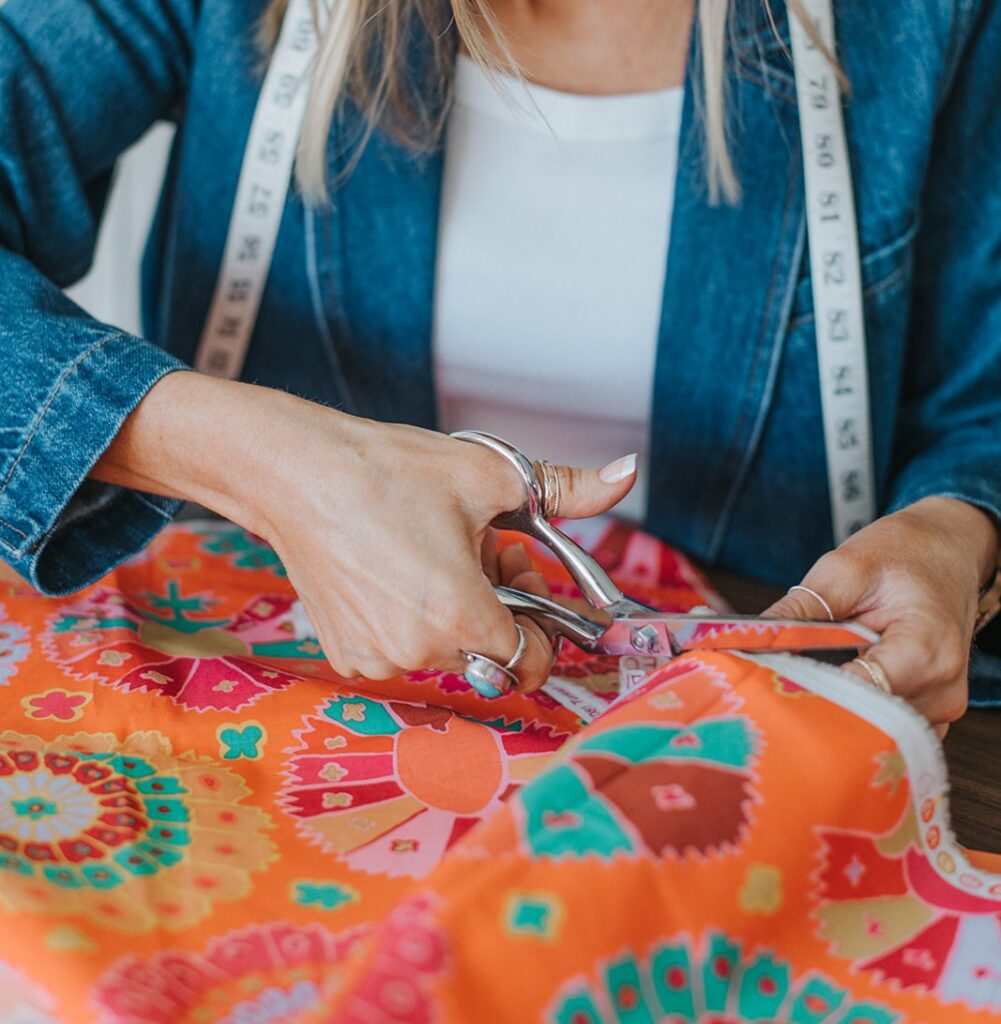
Stitching – it’s not the flashiest part of fashion design, but it is easily one of the most important! How a garment is stitched can really affect the final look, everything from fit to durability to how that fabric flows on the runway or in a catalog. Knowing your fashion design stitch types is like speaking the secret language of garment construction.
In today’s post, I’m breaking down the essentials on the types of stitches every designer should know and when to use them.
Key Takeaways Ahead
- A Simple Factor To Consider First
- Decorative vs. Functional Stitches
- The Flatlock Stitch
- The Overlock Stitch
- The Cover Stitch
- Know Your Stitch Toolbox
- Your Next Steps
A Simple Factor To Consider First
We’re about to dive into decorative v.s. functional stitches, but first, something you need to consider: your capabilities (if you’re producing all of your own garments) or your manufacturer’s capabilities. There are tons of stitches that you can choose from, but standard machinery won’t be able to produce them all.
For example, there are machines that are solely used for creating unique decorative stitches – so be sure to do your research to see what your machines can handle or what your manufacturer has access to.
→ Haven’t decided how your clothing will be produced yet? Check out these full breakdowns on contract manufacturing and full-service manufacturing.
Decorative v.s. Functional Stitches
When you’re putting together a garment, the type of stitching you choose matters more than you might think. Decorative stitches are mostly about the look. They add some visual interest and can give your piece a unique touch. Functional stitches, though, are all about holding things together. They’re what keep hems from coming undone and seams from stretching out.
Some stitches do a bit of both, but it helps to know which is which so you can choose the right one for the job! So much of the right stitch depends on the fabric you are using. Sewing on knit vs woven is completely different when it comes to what kind of machine and stitching you will do.
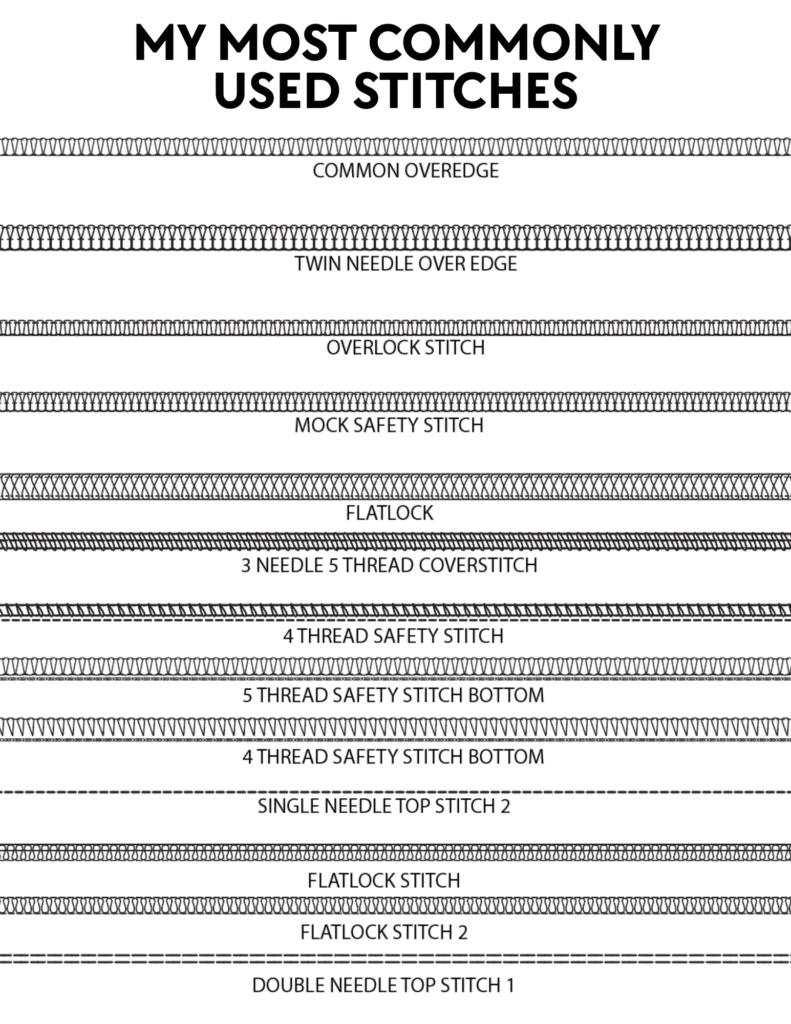
The Flatlock Stitch
Take a moment to look at the leggings in your own closet. They probably all have a smooth, flat seam down the leg. That’s the flatlock stitch. It’s not just decorative, it’s there for comfort and flexibility.
Instead of joining fabrics edge-to-edge with a bulky seam, this stitch overlaps the pieces and sews them down flat. This creates a beautiful, low-profile seam with no puckering or bunching. I absolutely love this stitch for athletic wear.
This stitch is simple enough that a contrasting thread can turn a functional seam into a design element or just be there to hold the fabric together.
The Overlock Stitch
When thinking about fashion design stitch types, it’s helpful to look at everyday items at home. Head to your closet and compare a knit T-shirt to a woven shirt or dress. Wovens can handle straight single needle stitching, but knits demand overlock or cover stitches for flexibility.
Overlock stitches are needed for knit fabrics because these fabrics need to have that stretch to them. An overlock lets the fabric move without popping a seam and keeps those edges from fraying (which some knits love to do). On top of that, it gives your project a nice, clean finish, so it looks just as good on the inside as it does on the outside.
The Cover Stitch
Cover stitches are another stitch often used with knitwear, offering that double-needle look on the outside and a stretchy, clean finish on the inside. Flip over the hem of a T-shirt – do you notice those two parallel rows of stitching with the interlocked thread underneath? That’s the cover stitch. It’s neat. It’s durable. And it stretches when it needs to.
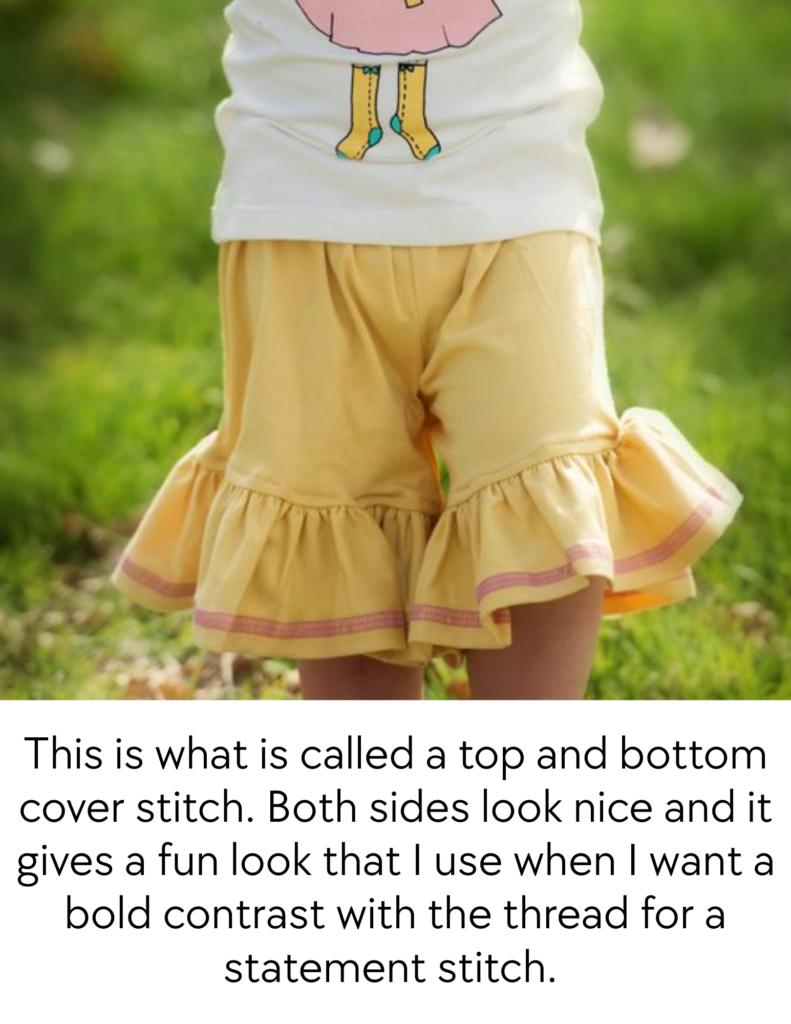
Know Your Stitch Toolbox
Each stitch serves a purpose, and as a clothing brand owner, it is vital to know which fashion design stitch types to use. Stitches may seem like a small detail when it comes to the entire design process, but they impact everything from durability to the overall look and drape of the garment.
Some stitches are all about flexibility – helping fabrics move and stretch without breaking. Think of the seat or crotch of a pair of pants. It needs durability and flexibility since there is so much up and down. I sturdy stitch is so important here.
Others are used for finishing – adding a clean, polished edge that makes the inside of a garment look just as good as the outside. And then there are stitches that do both!
When you start to recognize what each stitch brings to the table, you’ll totally understand how they shape the fit, feel, and function of the clothing!
Your Next Steps
Need someone in your corner as you figure out the ins and outs of running a fashion brand, including things like fashion design stitch types that make or break your designs? Check out my mentorship program, Fruition, made specifically for new and aspiring fashion designers.
I’ll walk with you through every step of building your clothing brand, from launch to growth, helping you make confident choices about everything from design details to production.
If you’re ready for some real support (and fewer late-night Google rabbit holes), head over to Fruition and see if it’s the right fit for you!
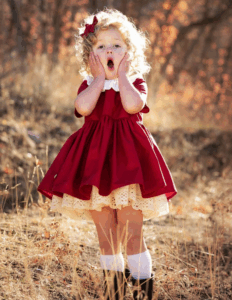
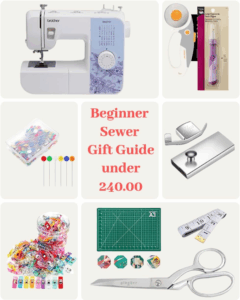
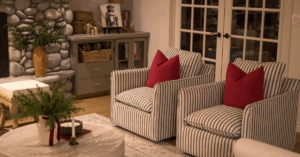
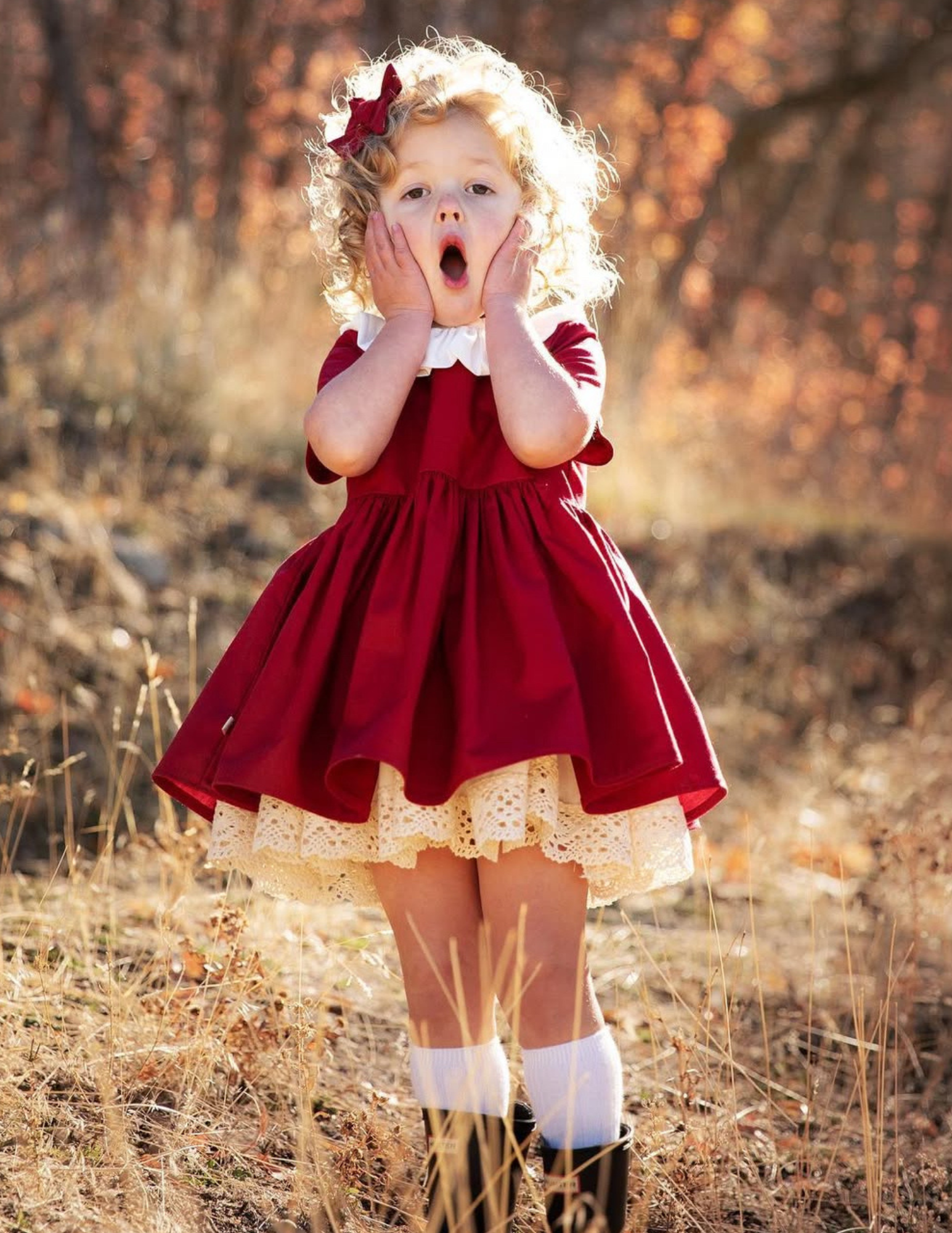
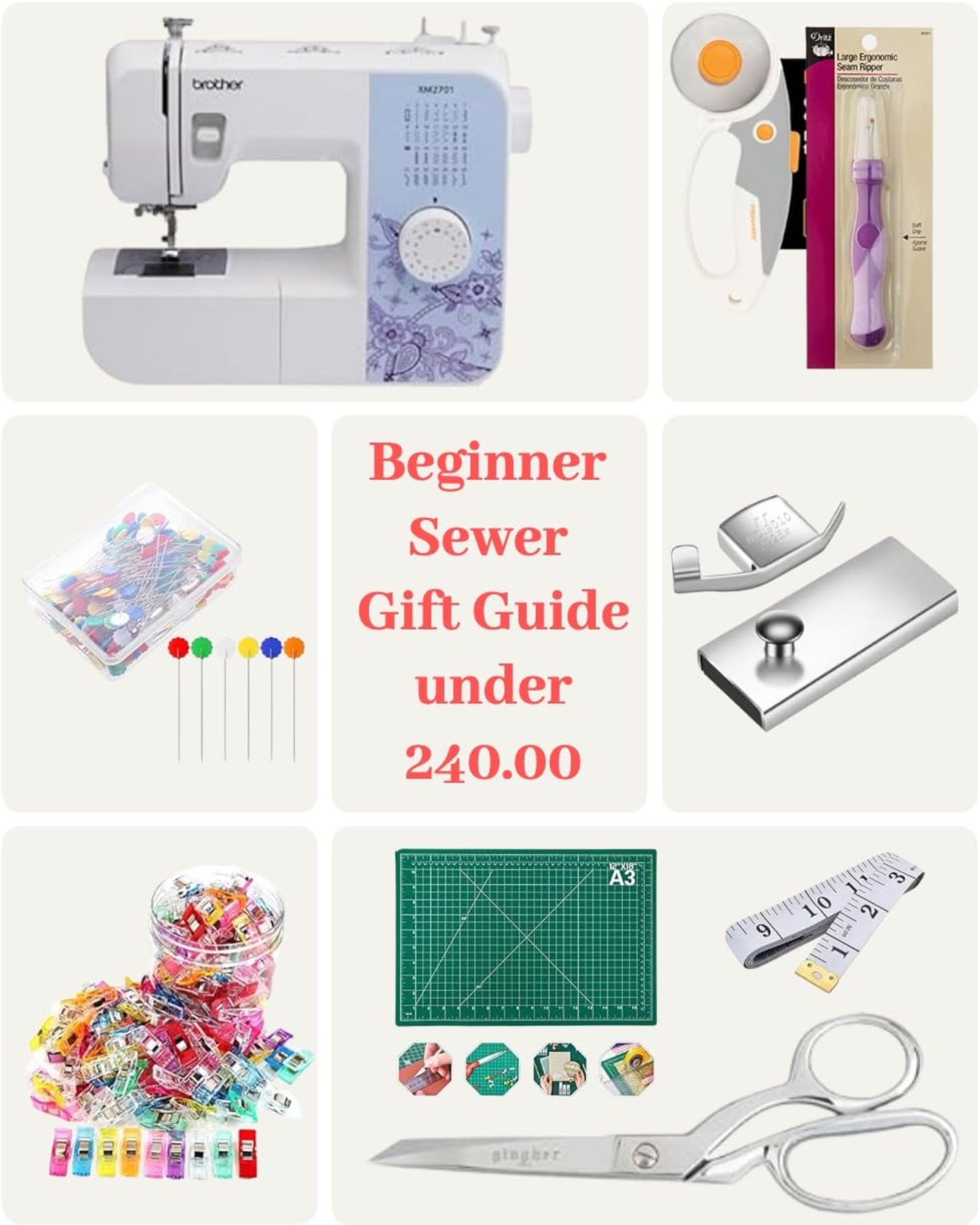



Read the Comments +